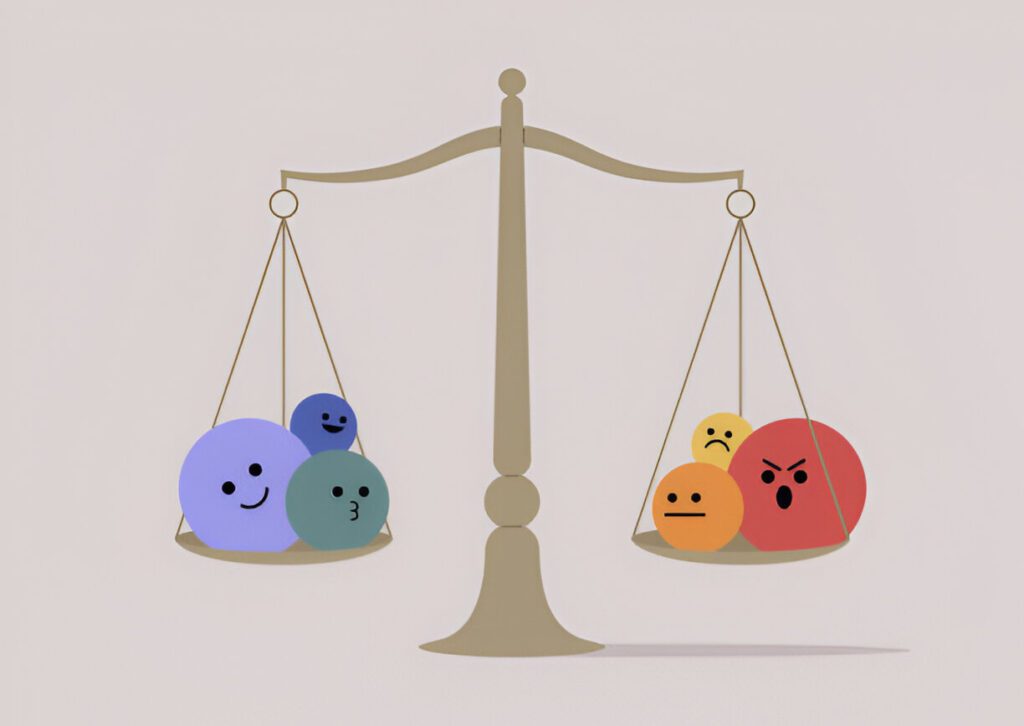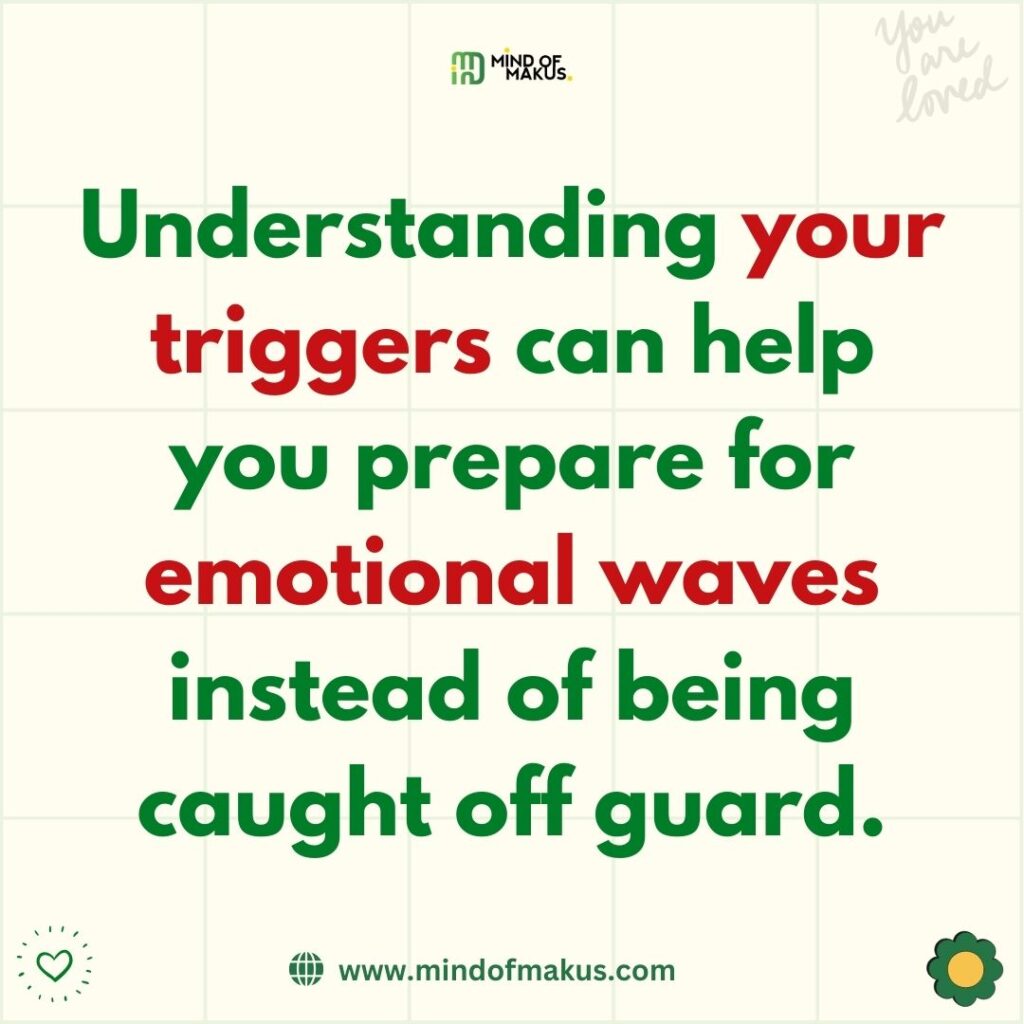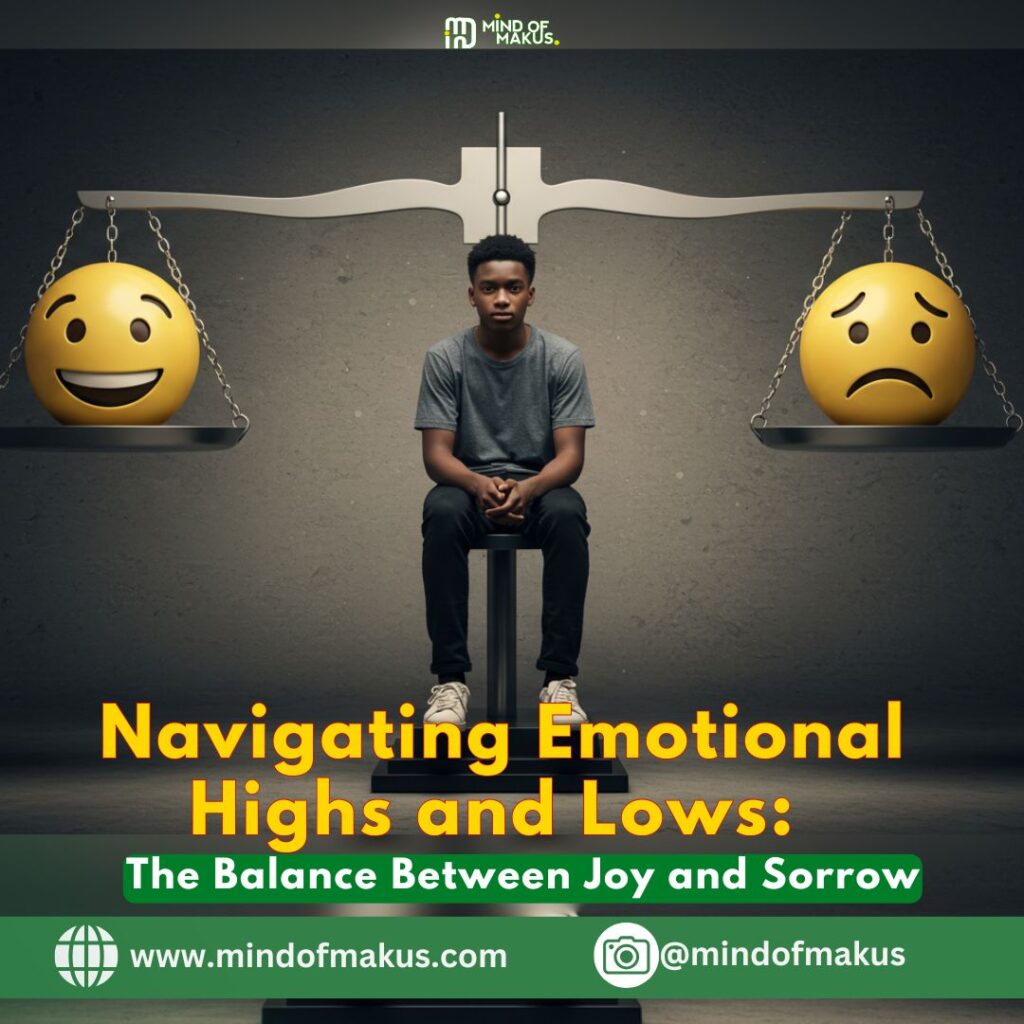My Dear Friend,
A new month brings new opportunities, fresh perspectives, and—let’s be real—a rollercoaster of emotions. Life is full of ups and downs, and navigating these emotional highs and lows can be overwhelming.
While Spring is springing, I thought we’d better talk about the elephant in the room. Many of us are going through it, life is scratching at us viciously, and we are bleeding, but still moving.
It almost feels like walking through a field of thorns really. How do we find the spark, reclaim our joy, and live a life that we find fulfilling?
One moment, you’re on top of the world, and the next, you feel like everything is crumbling beneath you. If you’ve ever felt like this, you’re not alone.
The truth is, both joy and sorrow are part of the human experience. Instead of resisting one or chasing the other, learning to balance them can bring a sense of peace and emotional resilience.
There are days when I notice it, and days when I don’t, mostly because I am caught up in survival dynamics. If you notice the imbalance, then you are in a good spot.
So, how do you navigate the inevitable waves of life without feeling completely lost? Let’s explore this together.


How to Navigate the Waves of life Without feeling Completely Lost
1. Accept That Both Joy and Sorrow Have a Place
We often wish only happiness and try to avoid sadness at all costs. But imagine a world where you never felt sadness—would joy even feel as sweet?
Every emotion serves a purpose. Joy reminds us of life’s beauty, while sorrow teaches us valuable lessons about strength, love, and resilience. Instead of resisting sadness, try acknowledging it as a natural part of life.
I was at a funeral for a dear friend recently, and honestly, it was such a gift to experience the love attendees showed to the deceased. Joy and sadness are perfectly intertwined with love and longing.
📝 Reflection Tip: The next time you feel down, remind yourself that this feeling is temporary. Just like joy, sorrow will pass too.
2. Recognize Emotional Triggers
Certain situations, people, or thoughts may trigger extreme emotional highs or lows. Pay attention to what sparks your joy and what drains you. Awareness is the first step in managing emotions.
Ask Yourself:
- What makes me feel truly happy?
- What situations or thoughts bring me down?
- How can I create more space for joy while handling sadness with care?
Understanding your triggers can help you prepare for emotional waves instead of being caught off guard.


3. Find Balance Through Mindfulness
Mindfulness means staying present with your emotions without judgment. Whether you’re experiencing deep sadness or overwhelming joy, mindfulness helps you remain grounded, giving you a chance to make clearer decisions.
Try This:
- When you feel happy, take a deep breath and soak in the moment fully. Savor it.
- When you feel sad, acknowledge the feeling without rushing to escape it. Ask yourself, “What is this emotion trying to tell me?”
By practicing mindfulness, you train yourself to accept emotions rather than be controlled by them.
Subscribe to My Newsletter
4. Build a Strong Emotional Support System
No one should navigate emotions alone. Having trusted friends, family, or a therapist to talk to can help you process both joy and sorrow. When you share happiness, it grows. When you share pain, it lightens.
💬 Challenge: Reach out to one person this week and have a heartfelt conversation. It can be about something joyful or something heavy. Human connection is healing. We need one another more so in a time when our very humanity is being assaulted daily.
5. Establish Healthy Coping Mechanisms
Instead of suppressing emotions or reacting impulsively, develop coping strategies that help you regulate emotions in a healthy way.
Coping Ideas:
- Journaling your thoughts and feelings
- Taking a nature walk to clear your mind
- Practicing deep breathing or meditation
- Listening to music that soothes or uplifts you
- Dance and dance often, alone or with someone, just dance
Building positive habits can help you find stability even during emotional turbulence.
6. Allow Yourself to Feel
Some of us feel guilty when we’re happy (“Do I deserve this?”), while others feel bad for being sad (“I should be stronger”).
Here’s a reminder: Every emotion is valid. There is no right or wrong way to feel. Give yourself permission to embrace each emotion as it comes.
Affirmation: “I am allowed to feel happiness without guilt. I am allowed to feel sadness without shame.”
You can Support My Work
Final Thoughts: Embrace the Waves of Life
Life is a dance between light and dark, joy and sorrow. When you learn to embrace both, you develop emotional resilience and inner peace.
Remember, happiness is not about avoiding sadness—it’s about learning how to navigate both with grace.
As we step into April, I encourage you to ride the waves of your emotions with kindness and self-awareness. Be patient with yourself. Celebrate the highs, honour the lows, and trust that every emotion has a role in shaping the beautiful, evolving story of your life.
Wishing you a month of emotional balance, self-compassion, and joy. 💙
What’s one practice that helps you navigate emotional highs and lows? Share your thoughts in the comments!
Until next time, stay authentic.
Stay resilient, and continue to honour your needs.
Live wholeheartedly,
Amaka
2 Cor 3:2(MSG)
You yourselves are all the endorsement we need. Your very lives are a letter that anyone can read by just looking at you. Christ himself wrote it—not with ink, but with God’s living Spirit; not chiseled into stone, but carved into human lives—and we publish it.

